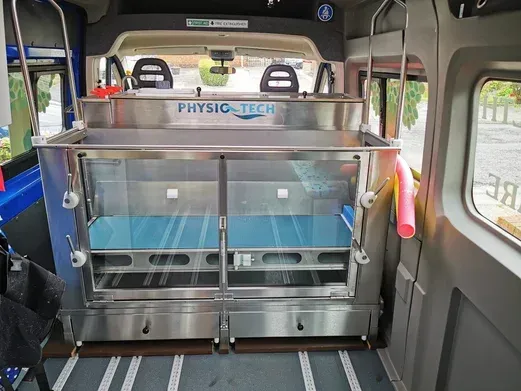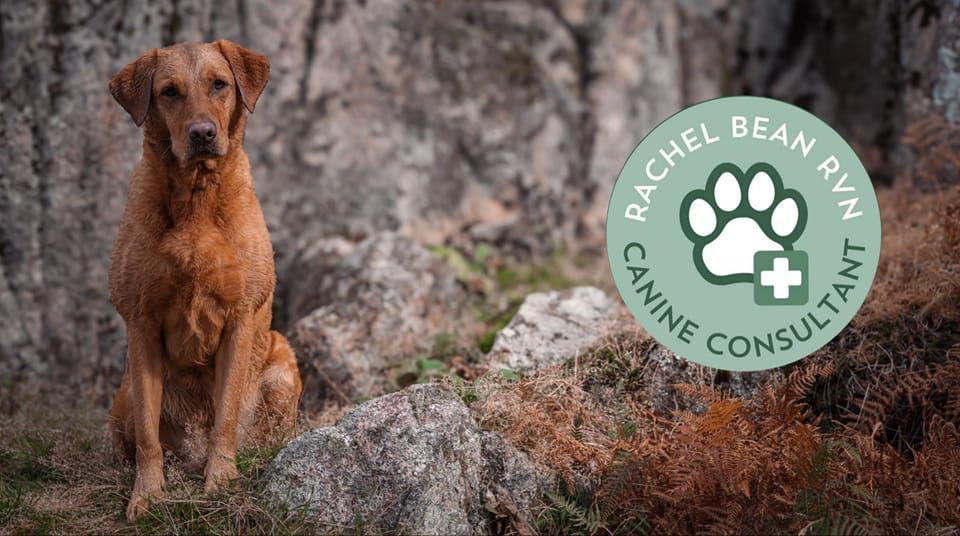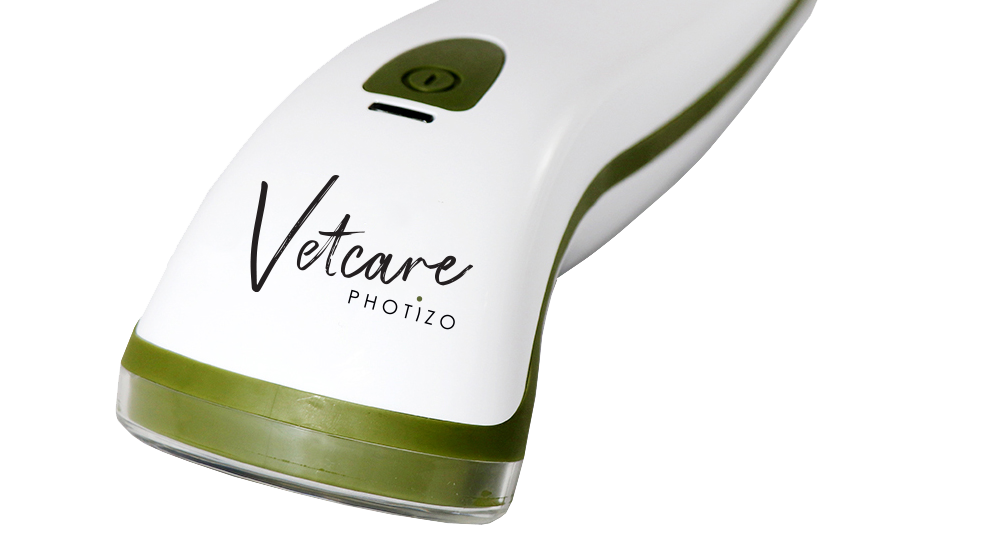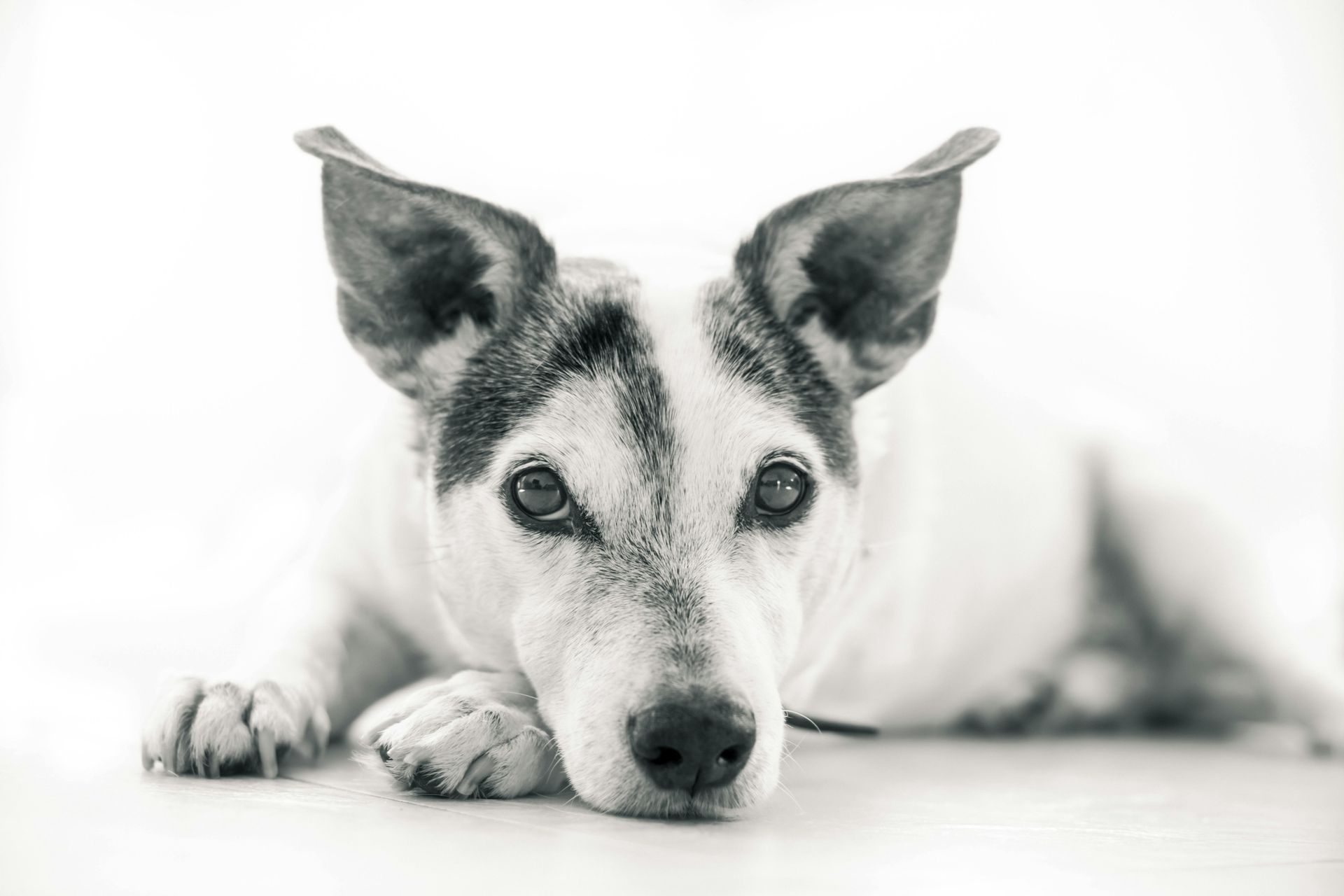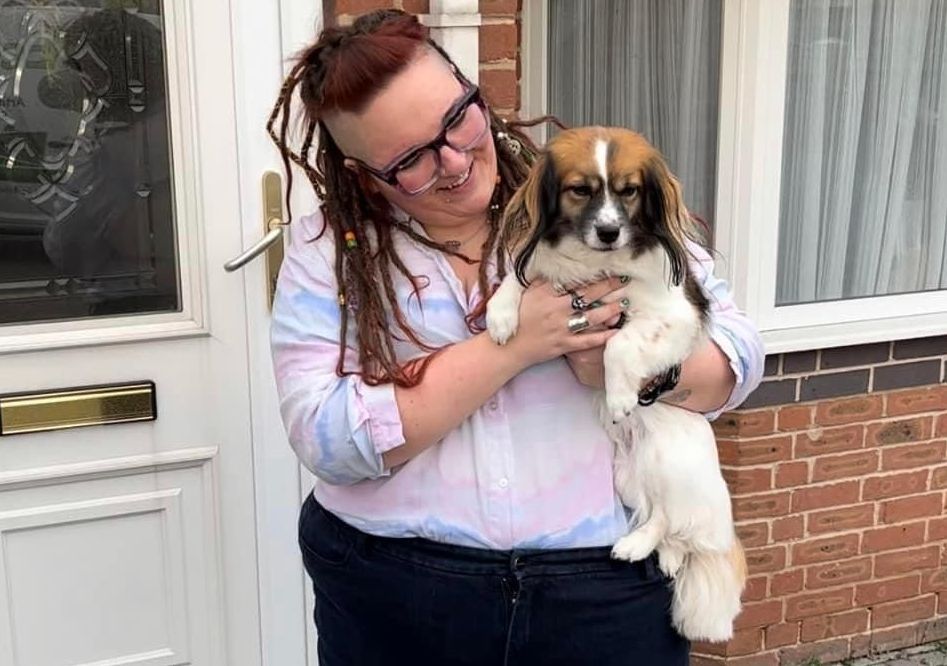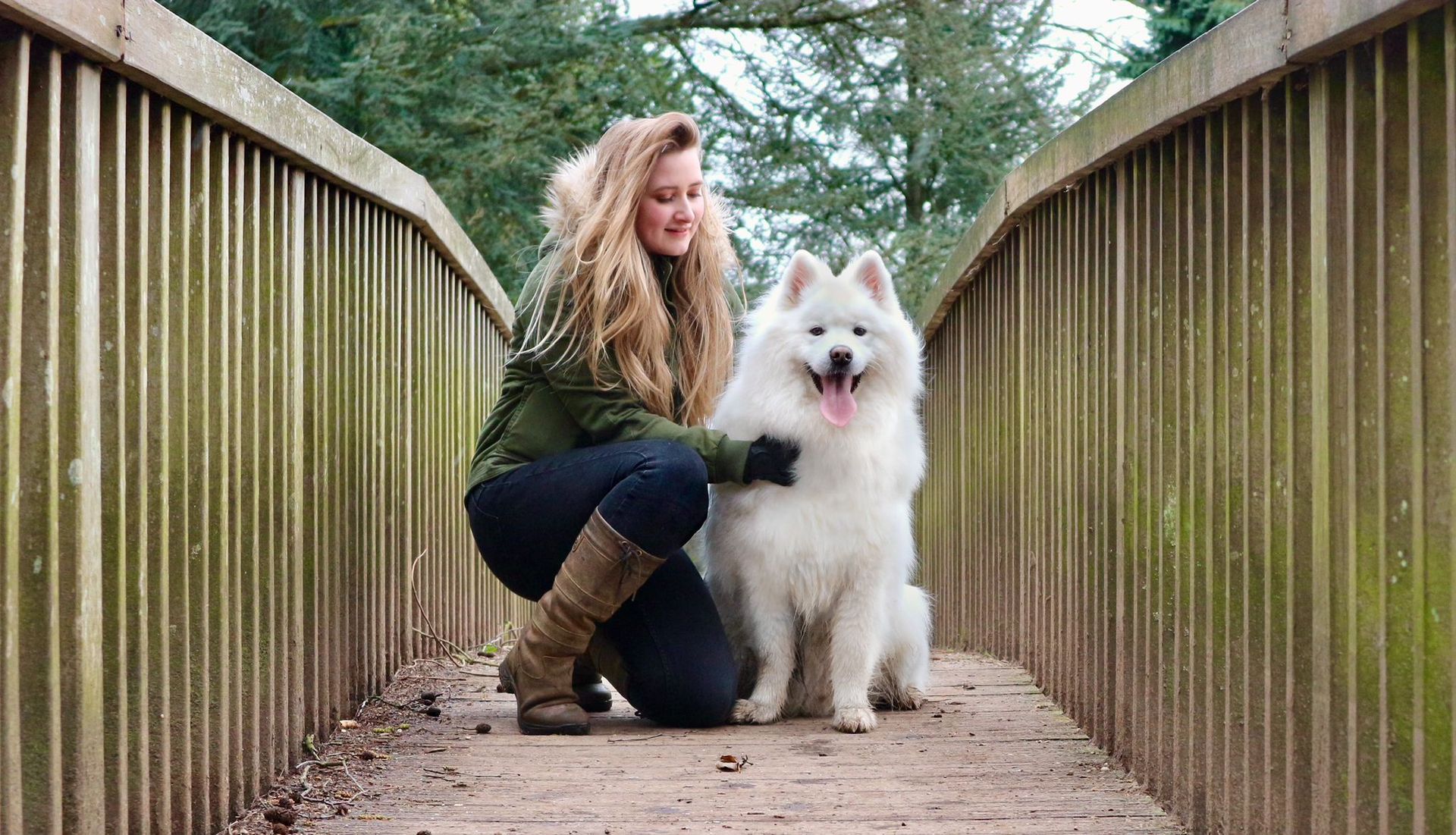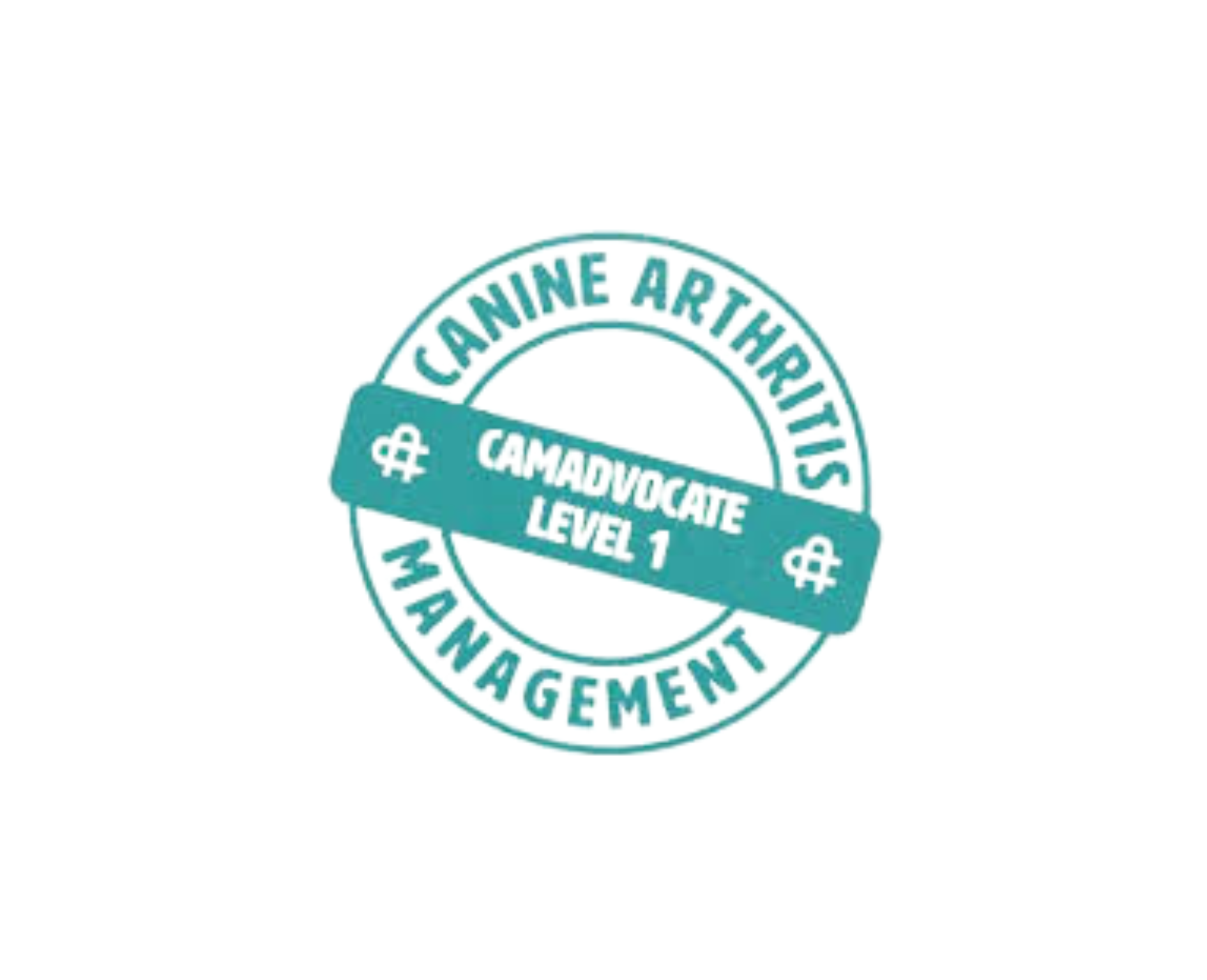Time to ditch the flinger
Time to ditch the flinger
Why is it important?
With 80% of dogs over the age of 8 and 20% of dogs older than a year suffering with arthritis, we need to rethink the way in which we exercise our dogs. (Anderson, K et al. 2018) There will be other factors that play into this such as weight, nutrition, breed disposition, unrelated injuries. Changing the way in which we exercise our dogs is one of the cheapest ways to help manage osteoarthritis pain. It’s not a case that it is one problem joint, the effects are cascaded across the body's musculoskeletal system.
Surely we want a dog to be tired after a walk?
There is a common misconception that in order for a dog walk to be good that your dog has to be exercised past the point of exhaustion, this simply isn’t the case. When we arrive at the park and our dog jumps out of the car and has ten reps of ball chasing whilst you sip your coffee, you’re not tiring your dog out, you’re making a badly conditioned athlete. Over time the same repetitive strain on the same areas of the body can progress joint degeneration and cause soft tissue injuries.
What are our other options though?
- Training and scent work are a great way to engage your dog's brain, you will be surprised how tired your dog will be after doing some basic impulse control and sniffing.
- If your dog loves to play with a ball you can use it to play hide and seek where your dog has to sniff it out of long grass, drop the ball and encourage your dog to walk away and then send them back for it. Having the ball stationary helps to minimise risk, too often I see dogs flying through the air trying to catch a ball mid flight. I have seen dogs do a backflip, get up without pause and run back to the owner to do it again. We as pet guardians have to step in and say enough now lets just have a minute and catch our breath, the same way we would with a child who is running around after eating… we know the inevitable may be coming so we mitigate the risk. Lets do the same for our dogs!
- If you’re not quite ready to bin your flinger, make sure you are using it on soft ground such as grass (not when wet to avoid slipping), use in moderation and give your dog at least 10 minutes brisk on lead walking before and after you start to give the body a chance to warm up and cool down.
- Be present with your dog, go on adventures and make memories. You don’t have to exhaust your dog, after all we have our dogs as we enjoy their company and this goes for out of the house too. Take time to really look at them moving, how they hold themselves and how they behave. All these little things can give you clues as to how your dog is feeling, especially when it comes to pain management.
- Dog walking shouldn’t be a chore and its an easy trap to fall into. You do the same 30 minute walk twice a day around the block, your dog starts to slow down and there can be a tendency to rush your dog along. Instead of this change up your route and be mindful of your dogs pace, too often I see dogs trailing behind their owners as they struggle to keep up.
Other than a limp or a yelp our dogs can’t tell us they’re in pain, they will chase the ball even if something hurts. (Sprouse-Blum, A et al. 2010) Our dogs don’t understand that what they did on Monday causes pain on a Tuesday, they just learn to cope.
BE YOUR DOGS CHAMPION
You are the only one that can change up your dog's exercise regime to keep those joints happy and healthy for longer. As a previous ball flinger user, putting it in the bin was the best thing I did, when we know better we can do better.
Studies referenced in the video,
https://www.ncbi.nlm.nih.gov/pmc/articles/PMC5884849/
https://www.ncbi.nlm.nih.gov/pmc/articles/PMC3104618/#R7



